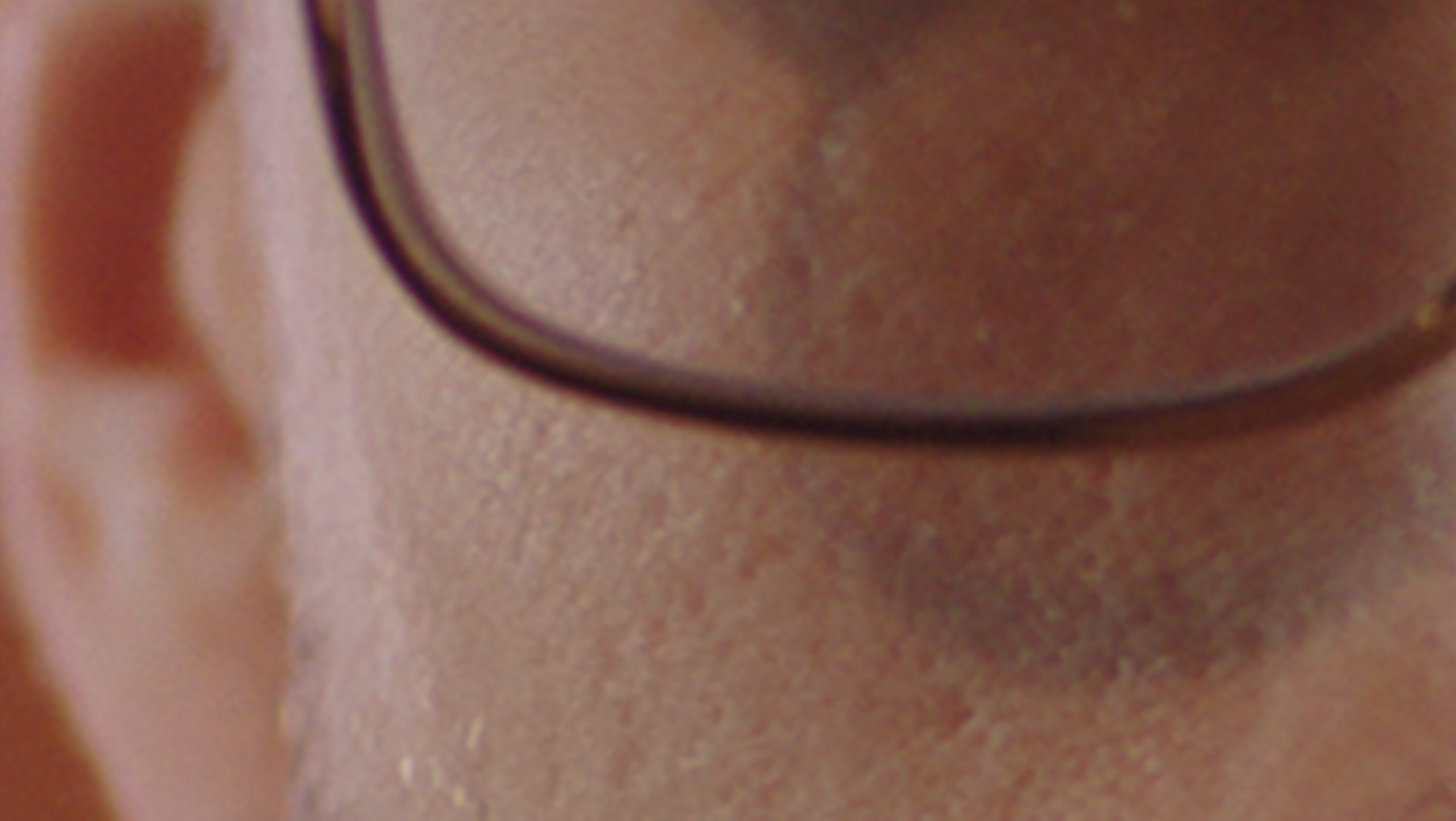For nine months I’ve been working periodically as a trainer for the ARRI Academy. Recently we added an Alexa LF to the class, accompanied by a set of Signature Primes. These lenses are, as best I can tell, the next big thing. My eyes tell me how they differ compared to other lenses, but my brain wants to know exactly why.
At a recent Alexa LF workshop, held at ARRI, Inc. in Burbank, the students captured two sets of images on an Alexa LF positioned in front of a standing set. The goal was to examine in detail the differences between a standard Signature Prime (in this case, the 47mm) and an Ultra Prime (a 50mm). We chose the Ultra Prime for the best reason possible when making a comparison of this type: it was available.
One of the students, James Rice, a still photographer from Northern California, offered to stand in.
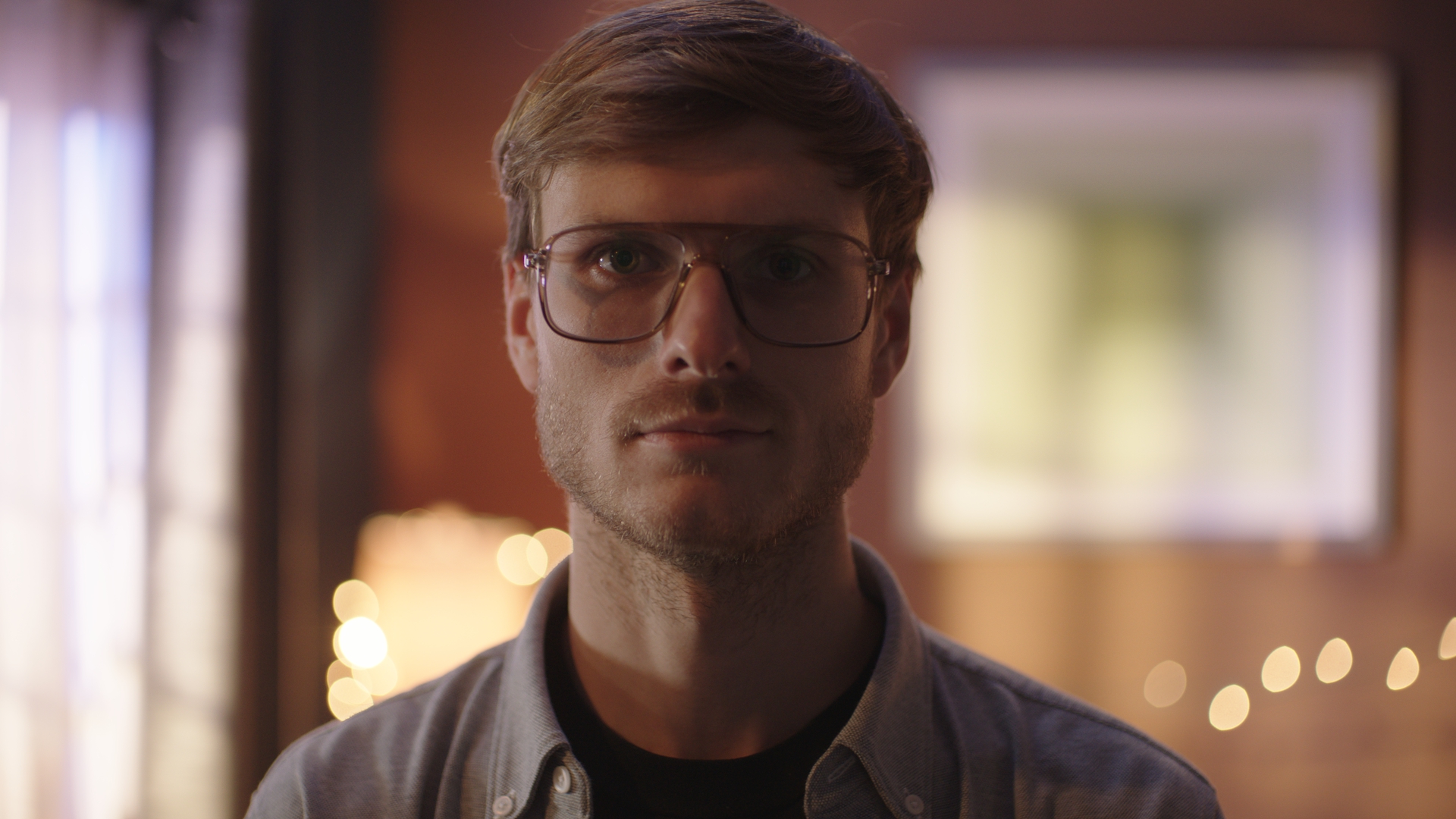
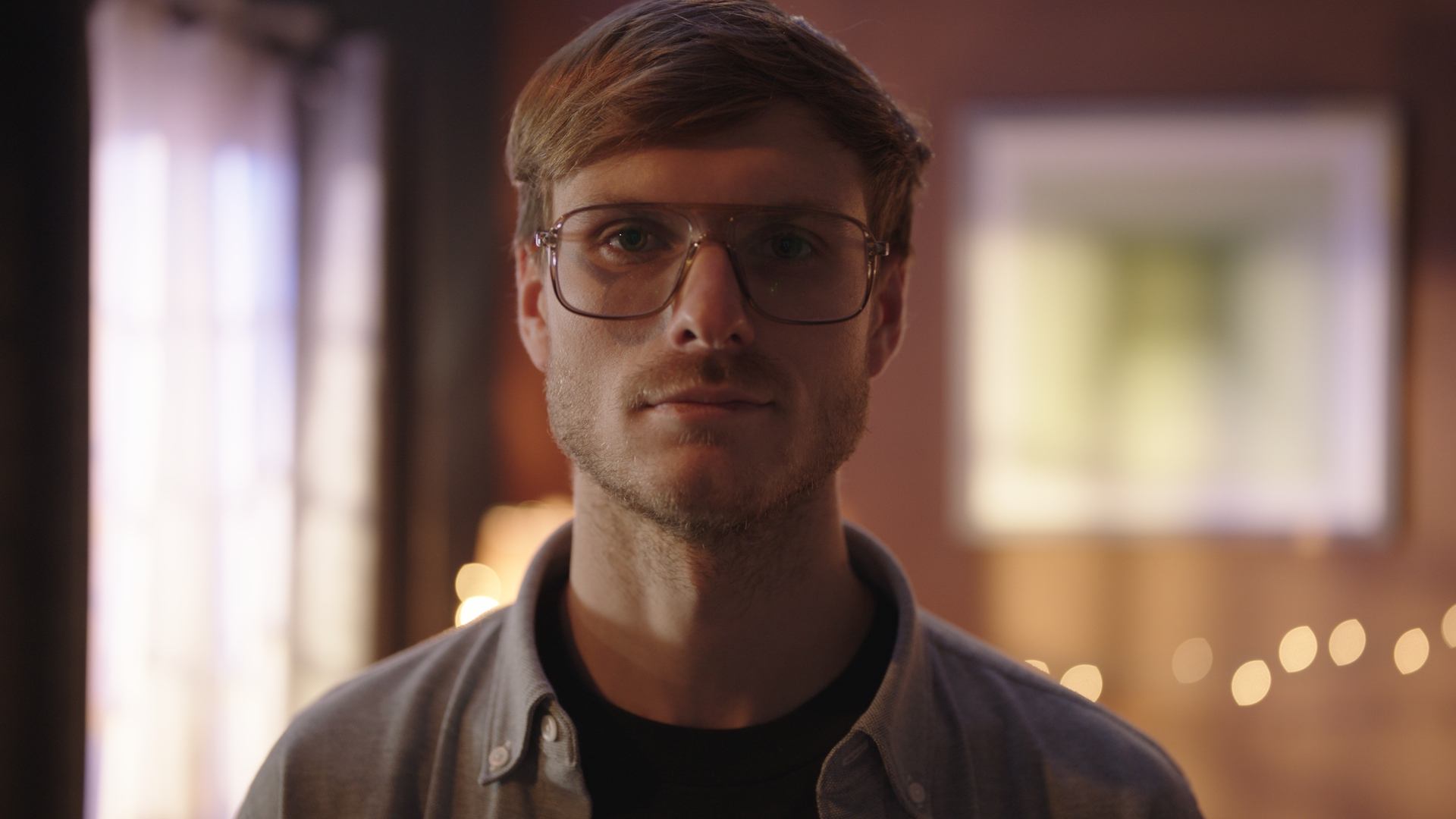
ARRI made some of the Signature Primes in odd focal lengths. They did this for a great reason. A 47mm on an Alexa LF shooting large format will roughly match the angle of view of a 32mm lens on an Alexa Mini. This matching depends on what mode the LF is in, and what mode the Mini is in, but that’s the idea. The conversion factor is roughly 1.3-1.4.
With the 50mm Ultra Prime mounted to the LF using a PL-to-LPL adapter, the angles of view were close but not exact (50mm vs. 47mm).
When compared directly, the images were quite different and laid bare some of the characteristics of each type of lens.
HIGHLIGHT BOKEH
The quality of the out-of-focus portion of an image is often an afterthought. From an engineer’s perspective, the part of the picture that matters most is where the lens focuses. From an artist’s perspective, the soft background sets the stage for the action that occurs in front of it. The designers behind the Signature Primes paid as much attention to the point of focus as to the bokeh.
The most obvious characteristic is the oval highlights that encircle the frame. Reminiscent of Petzval lenses, but without the distortions that make objects at their frame edges appear compressed and skinny, the Signature Prime renders out-of-focus highlights as a swirling pattern that directs attention into the frame and away from the edges. The lenses are also almost entirely free of chromatic aberration, so highlight disks blend very well. They show no hard edges that clash as they overlap.
Chromatic aberration and the lack thereof may be evident at the upper left of the above frames, where light both warm and cool passes through the blinds in front of the window. The Ultra Prime shows more blue/purple fringing, giving the highlights a hard edge. The Signature Prime shows almost no purple fringing (and what’s there may be the result of lighting and not a chromatic aberration), so out-of-focus highlights appear softer to my eye. They are also less colorful. The highlights appear “cleaner.”
The Ultra Prime bokeh has a fun, old-school quality to it. The Signature Prime’s bokeh is different because it’s consistent, and may benefit from a design principle called The Principle of Harmony. Visual repetition—in this case, the highlights being a consistent oval shape—is pleasing to the eye.
WARMTH AND COLOR
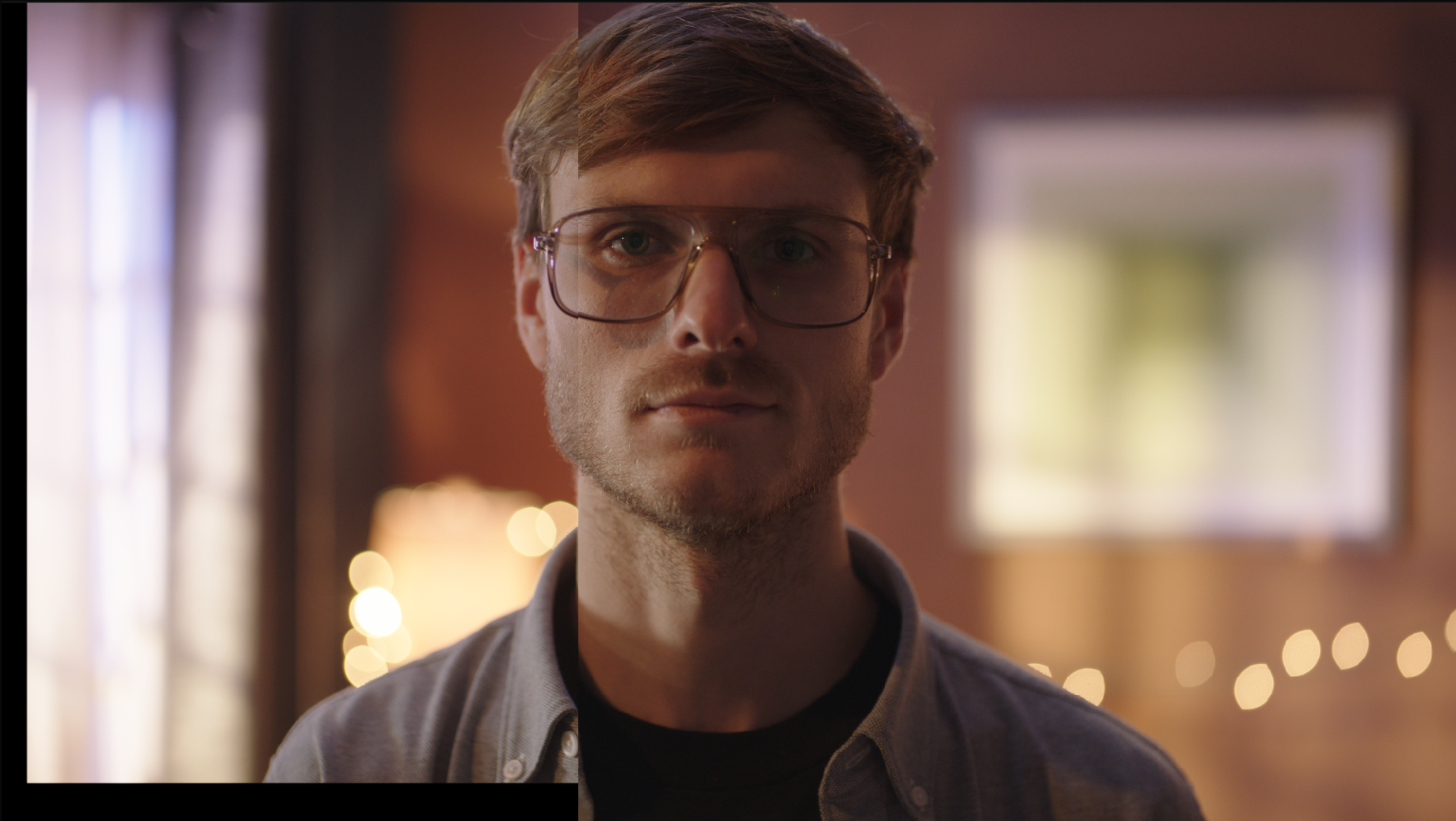
This is a split screen showing both lens images within the same frame. The Ultra Primes are noticeably cooler. I don’t think they’re inaccurate, though. When 3,200K Kino Flos were first released, they appeared cool to the eye because every tungsten light on set was 3,000K. 3,200K is the theoretical color of a tungsten filament, but tungsten lamps never got that memo. Kino Flo later developed 2,900K tubes to create a metameric match. I suspect something similar may be happening here. I suspect Zeiss makes their lenses technically perfect, whereas I know that ARRI has opted for aesthetically perfect. The two are not always the same.
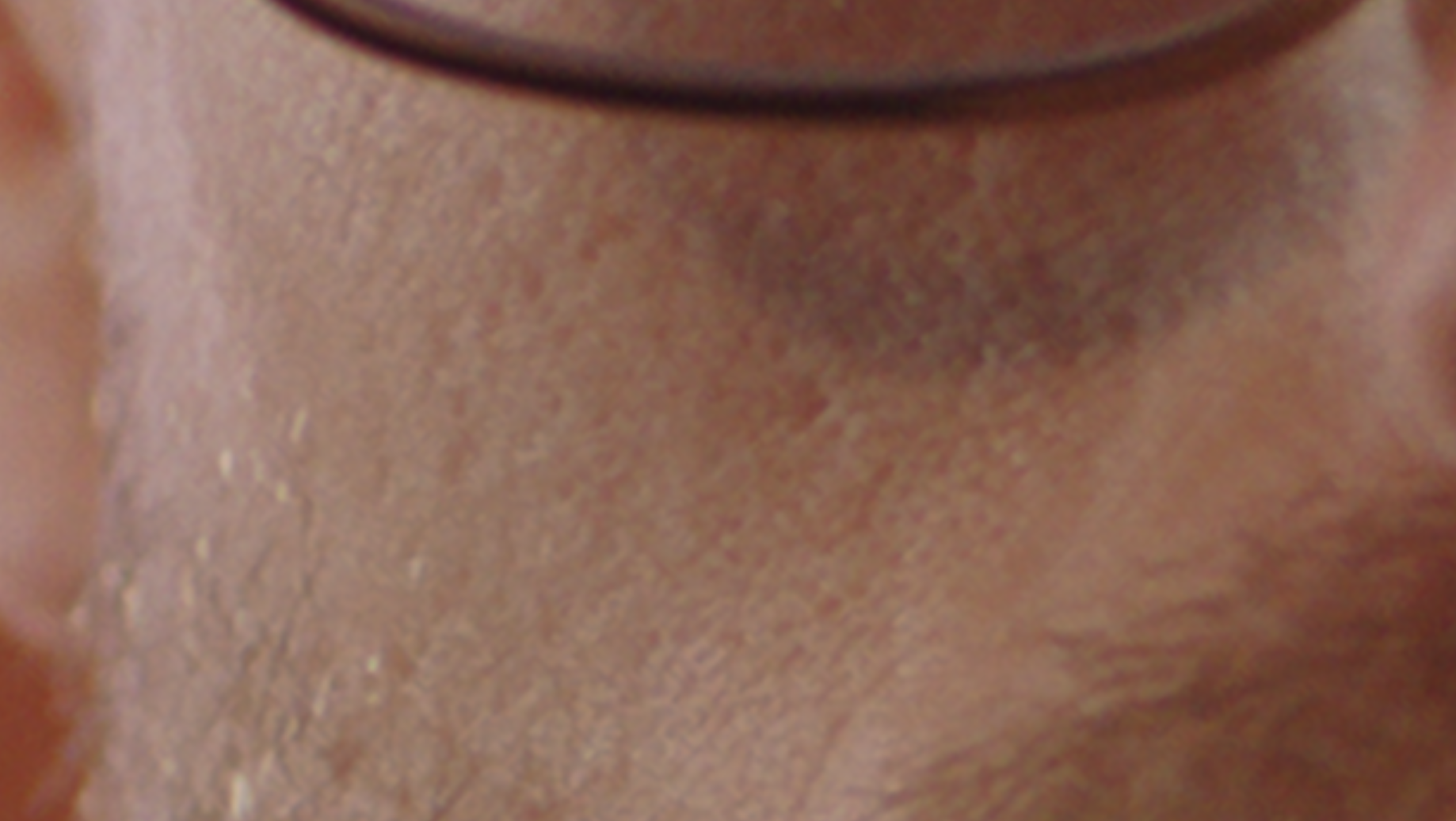
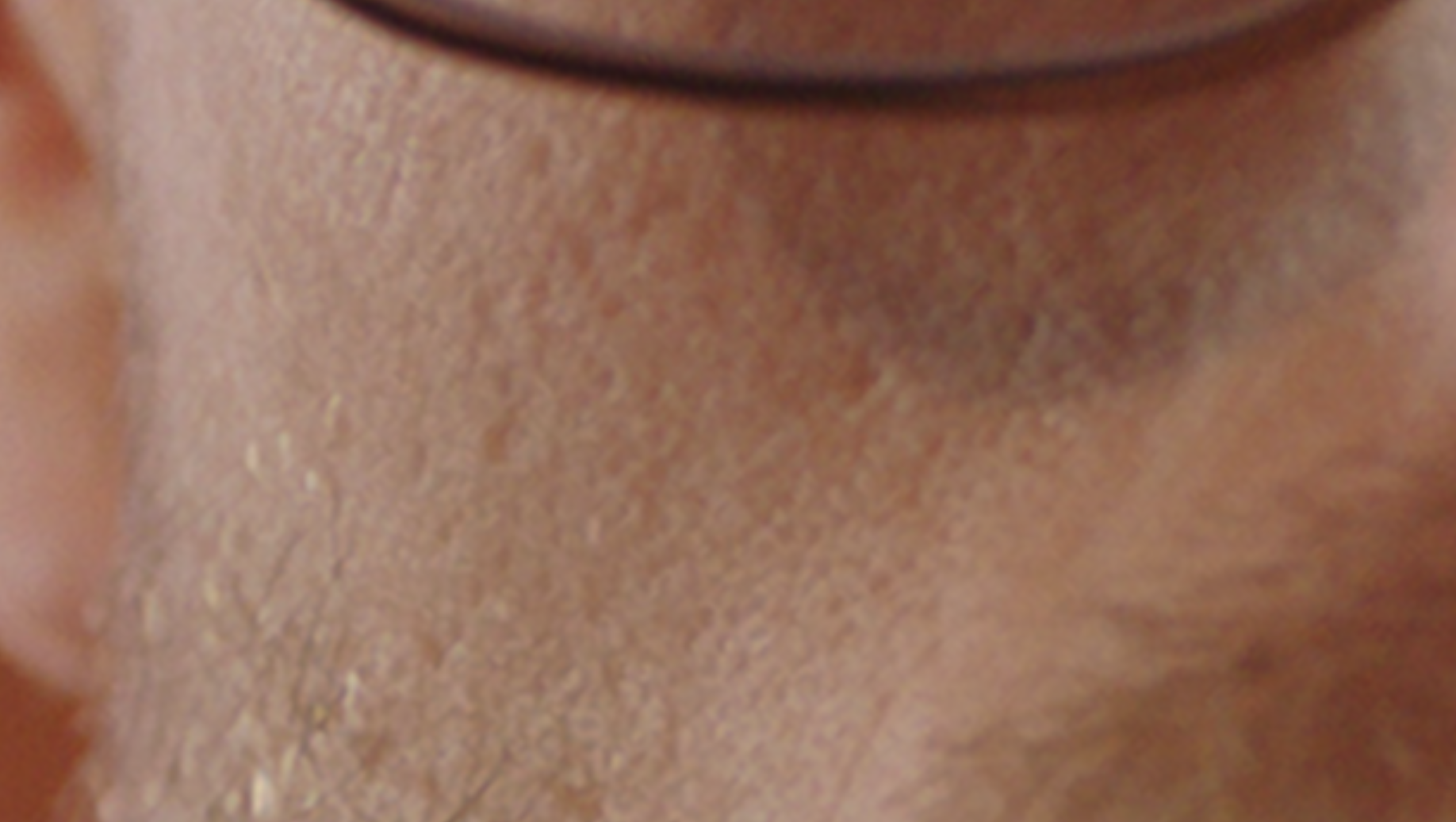
Sorry, James, but you’ve got great skin, and I want to take advantage of it.
One of the things I’ve been told about ARRI Signature Primes is that their macro contrast (reproduction of coarse detail) is high while their micro contrast (reproduction of fine detail) is low. ARRI made a conscious choice to make sharp lenses that are kind to faces.
The Signature Prime appears to make skin look smoother. The Ultra Prime adds green artifacts to fine detail, potentially making pores look sharper.
I looked at the scopes in Resolve to see if any of them could tell me what’s going on, and the histogram was quite revealing.
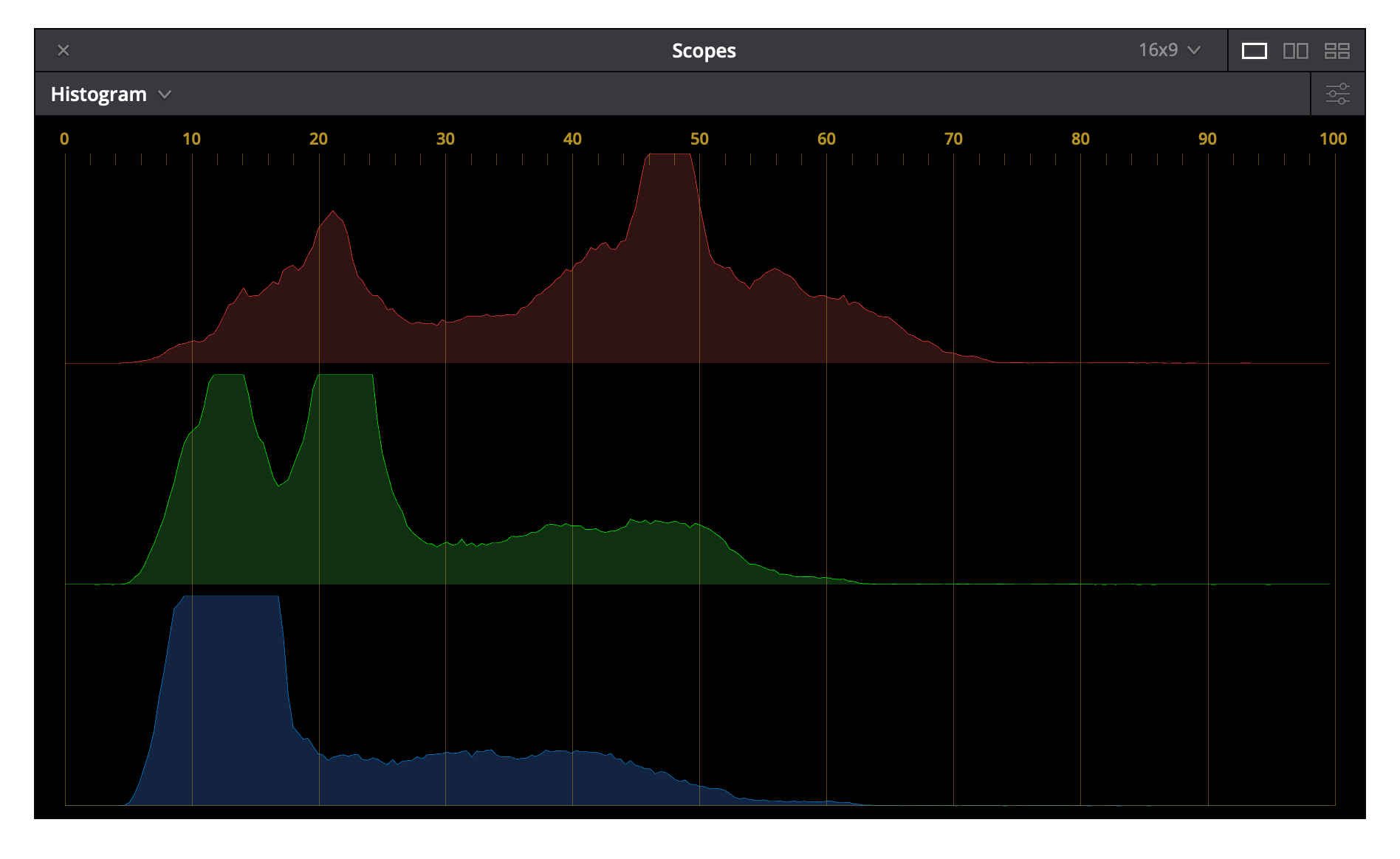
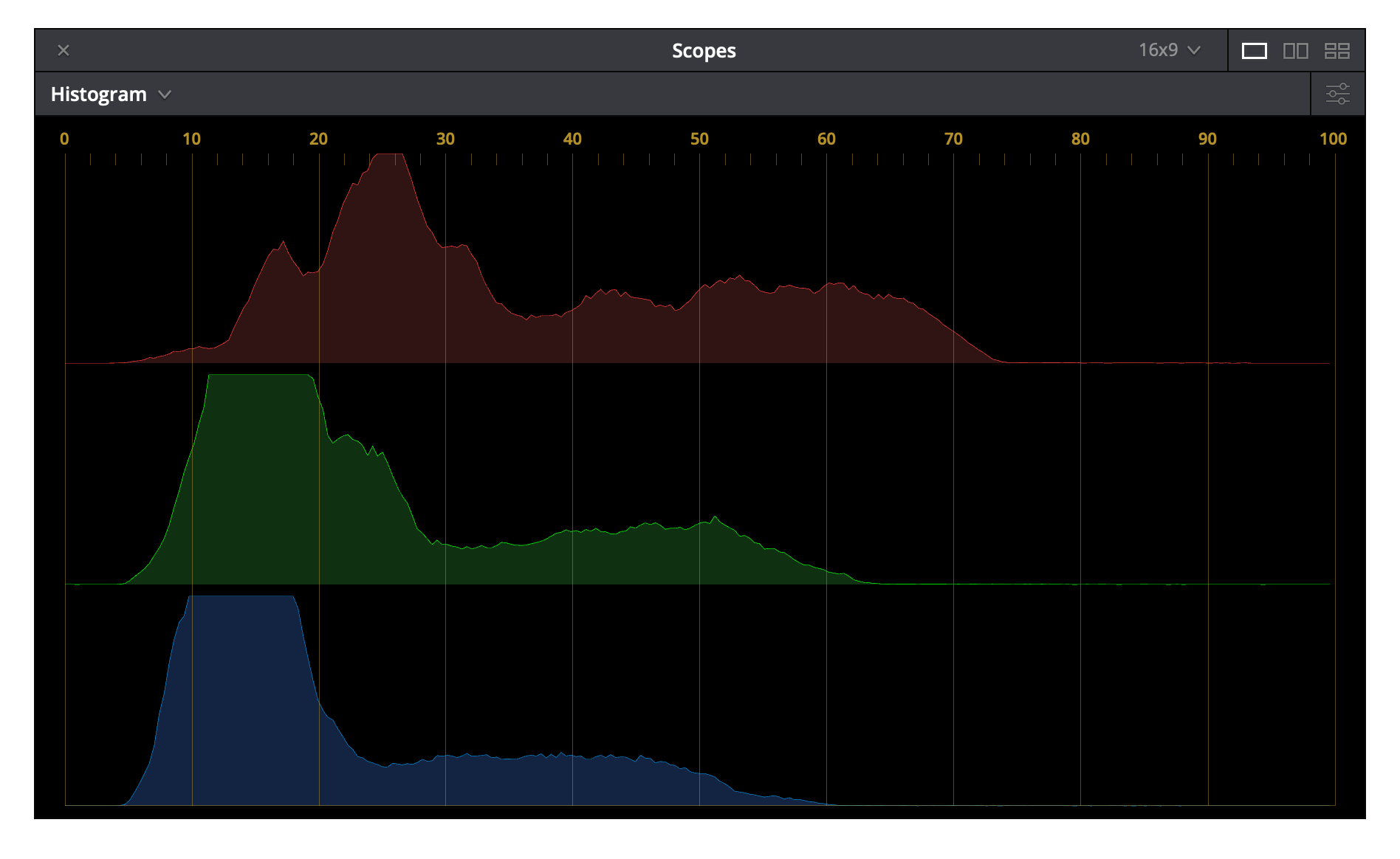
The Ultra Prime shows a notch in green that the Signature Prime doesn’t. It also shows a spike red in the mid-tones. The Signature Prime shows what might be described as a smoother response, where red highlights don’t pop and green tones don’t seem to be missing a range of brightness values.
I considered that this could be a side effect of the lighting, which was entirely LED-based, but we changed nothing between tests beyond the lenses.
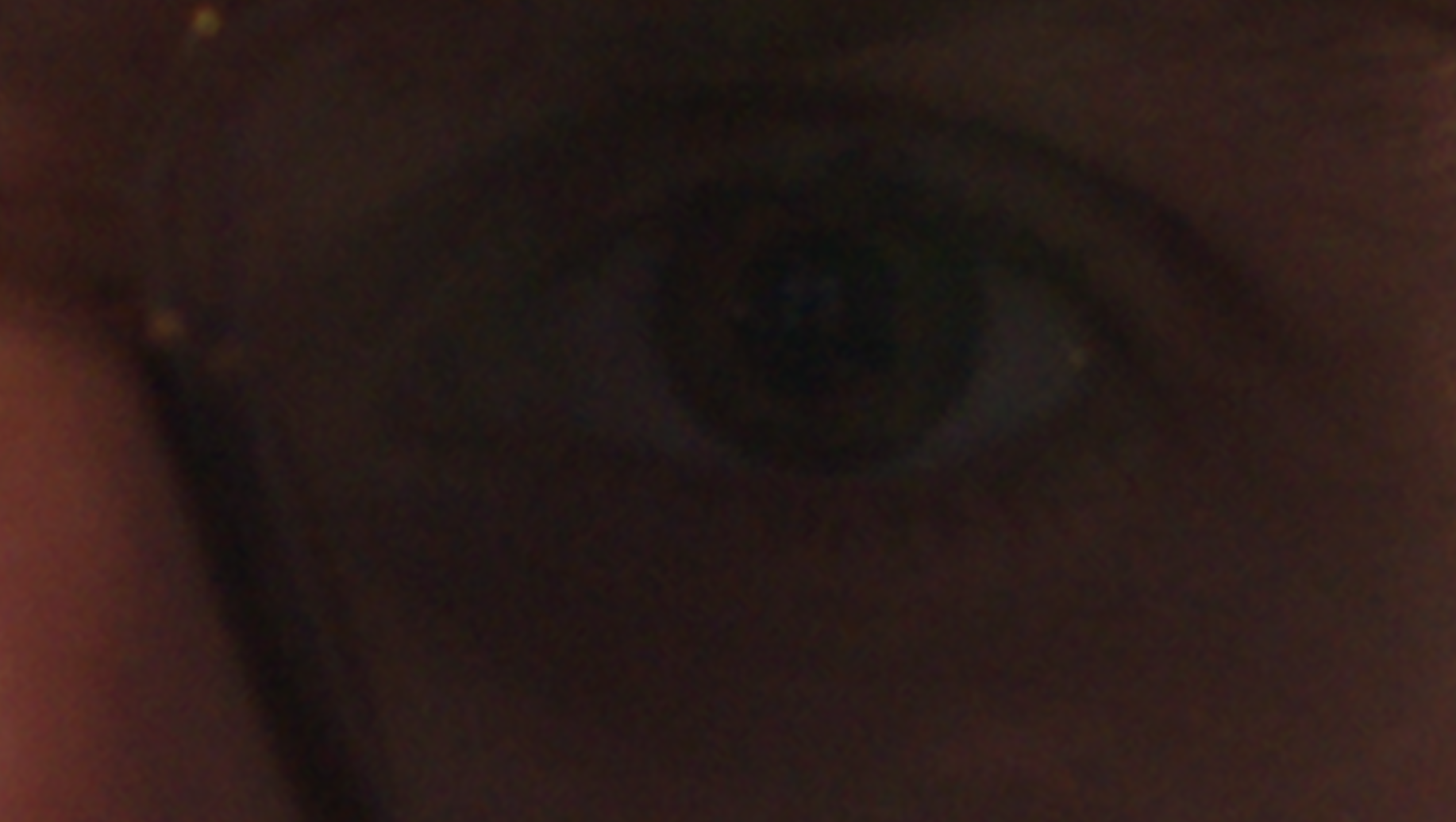
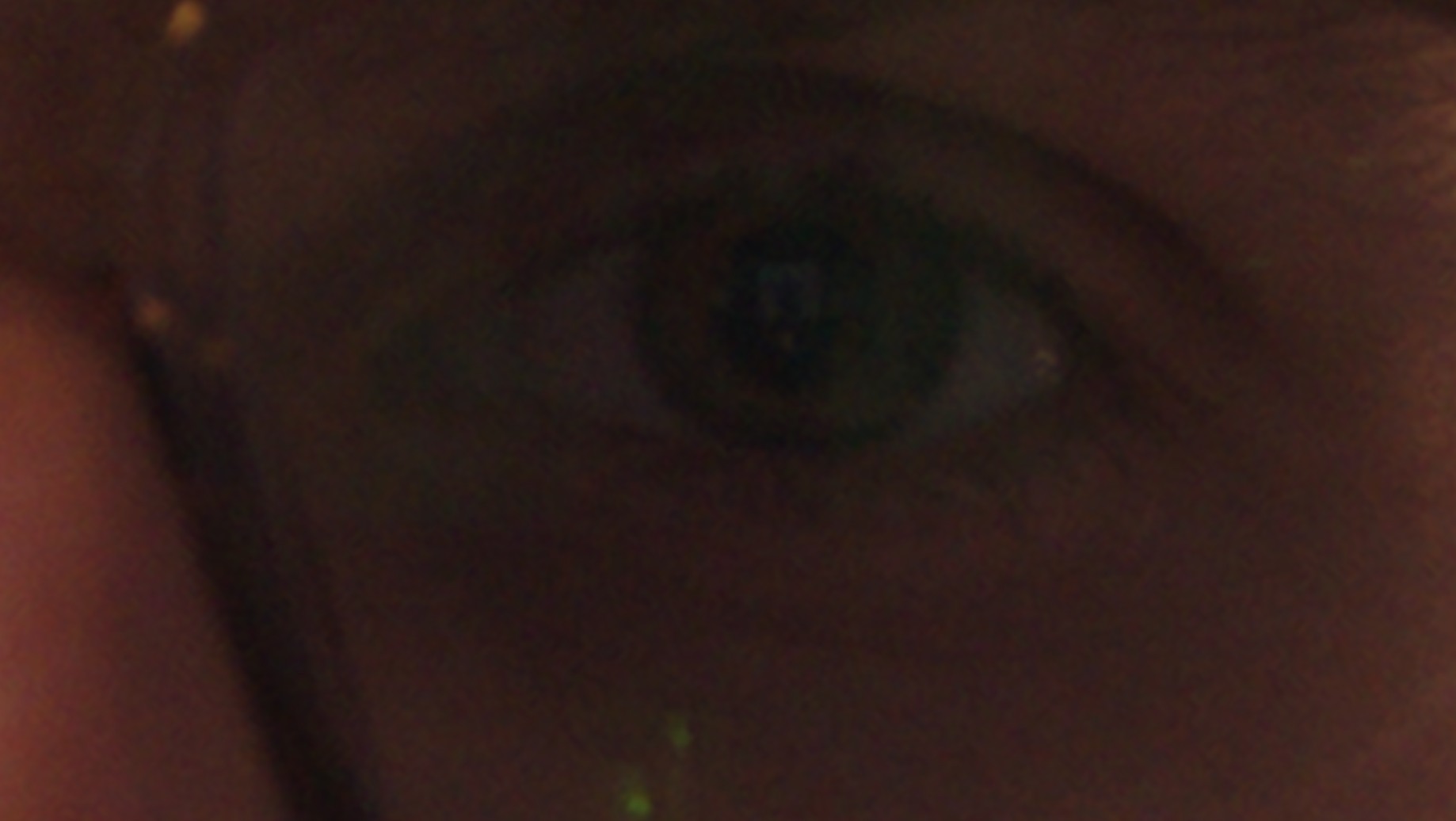
This was a curious effect. The Signature Prime seems to open up shadows a bit by comparison to the Ultra Prime. This doesn’t seem to be related to flare. There’s a reflection in Jame’s eye that’s well visible in the Signature Prime frame but is barely visible in the Ultra Prime frame.
James was kind enough to wear a black undershirt, which allows us to examine flare critically.
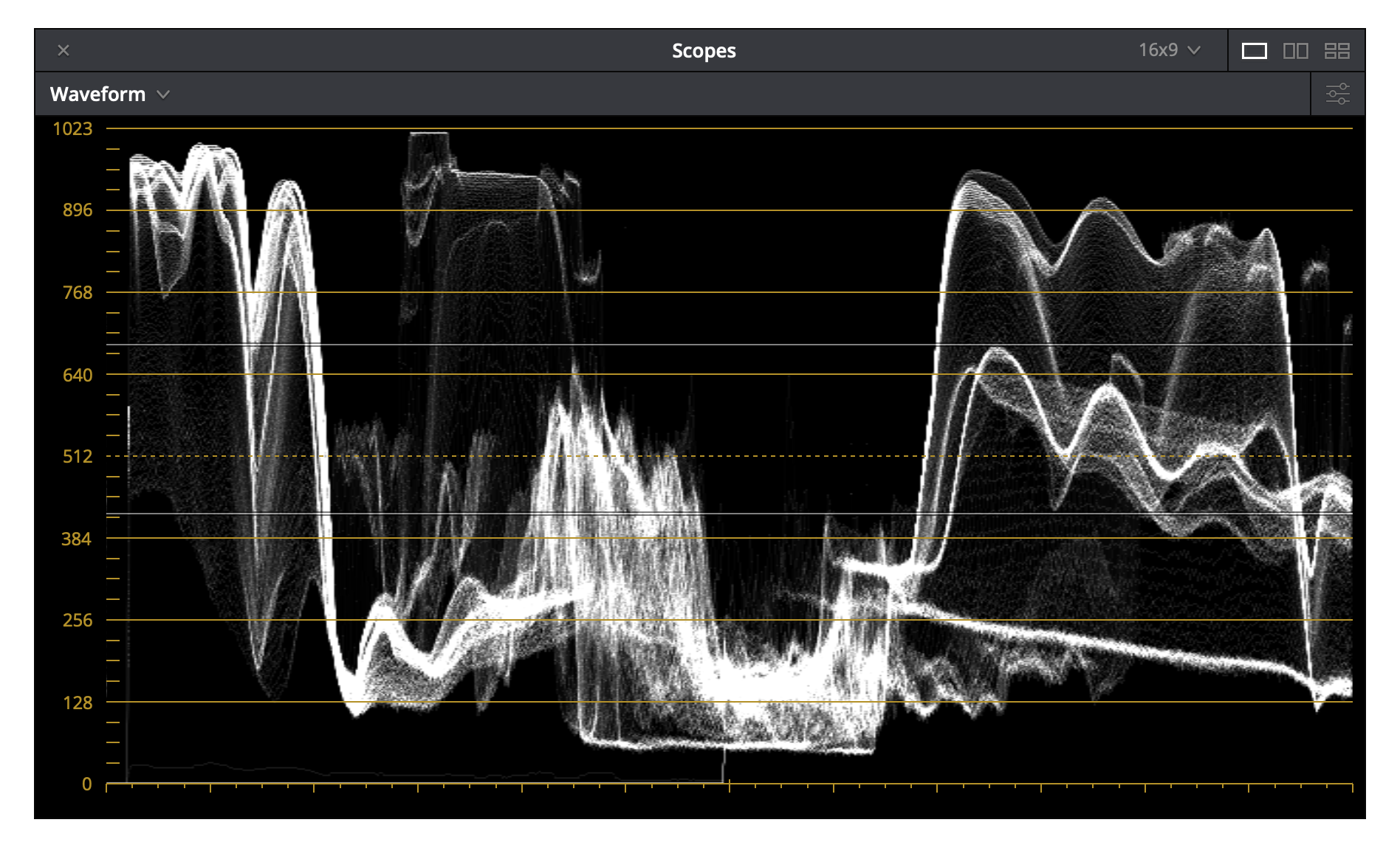
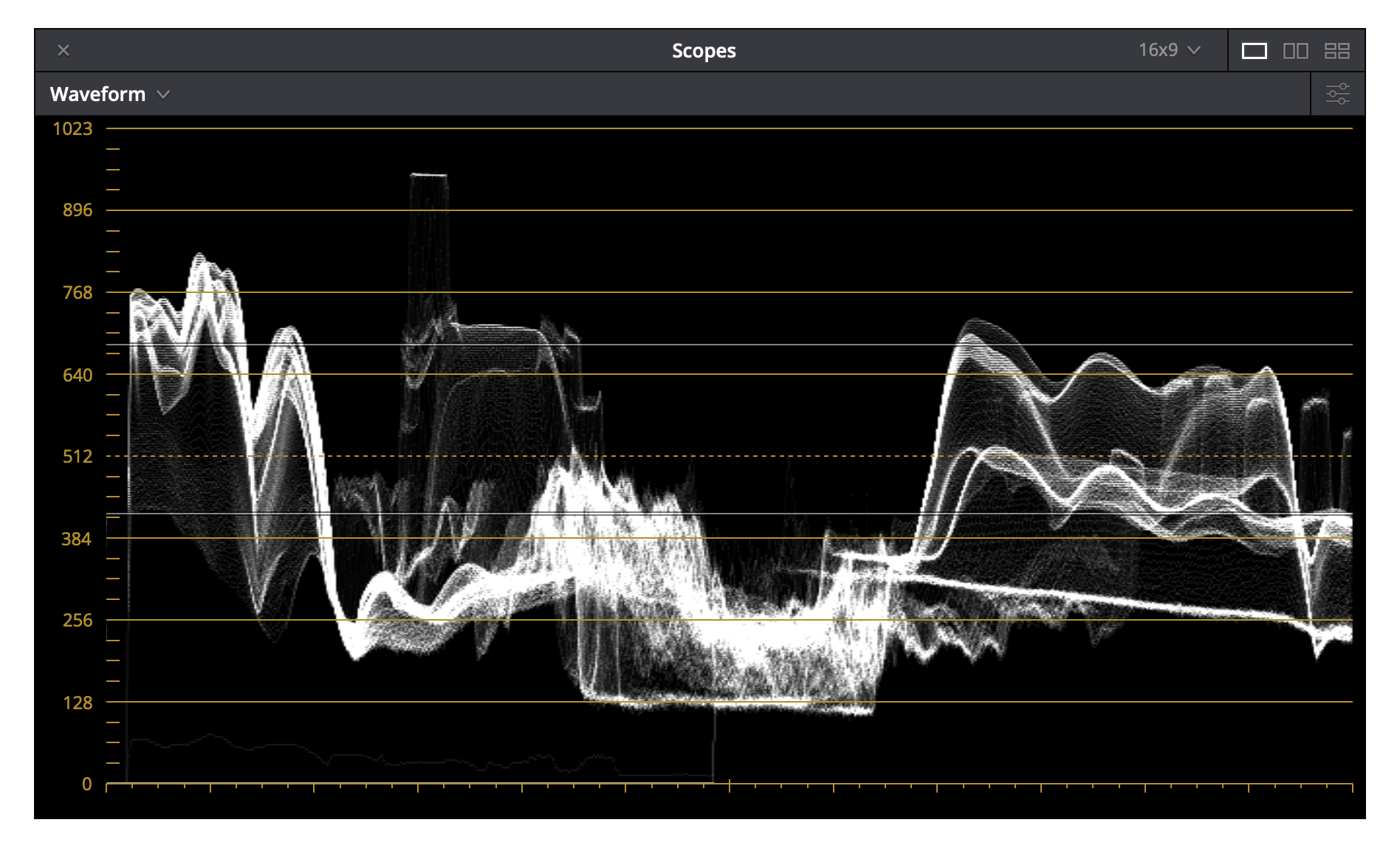
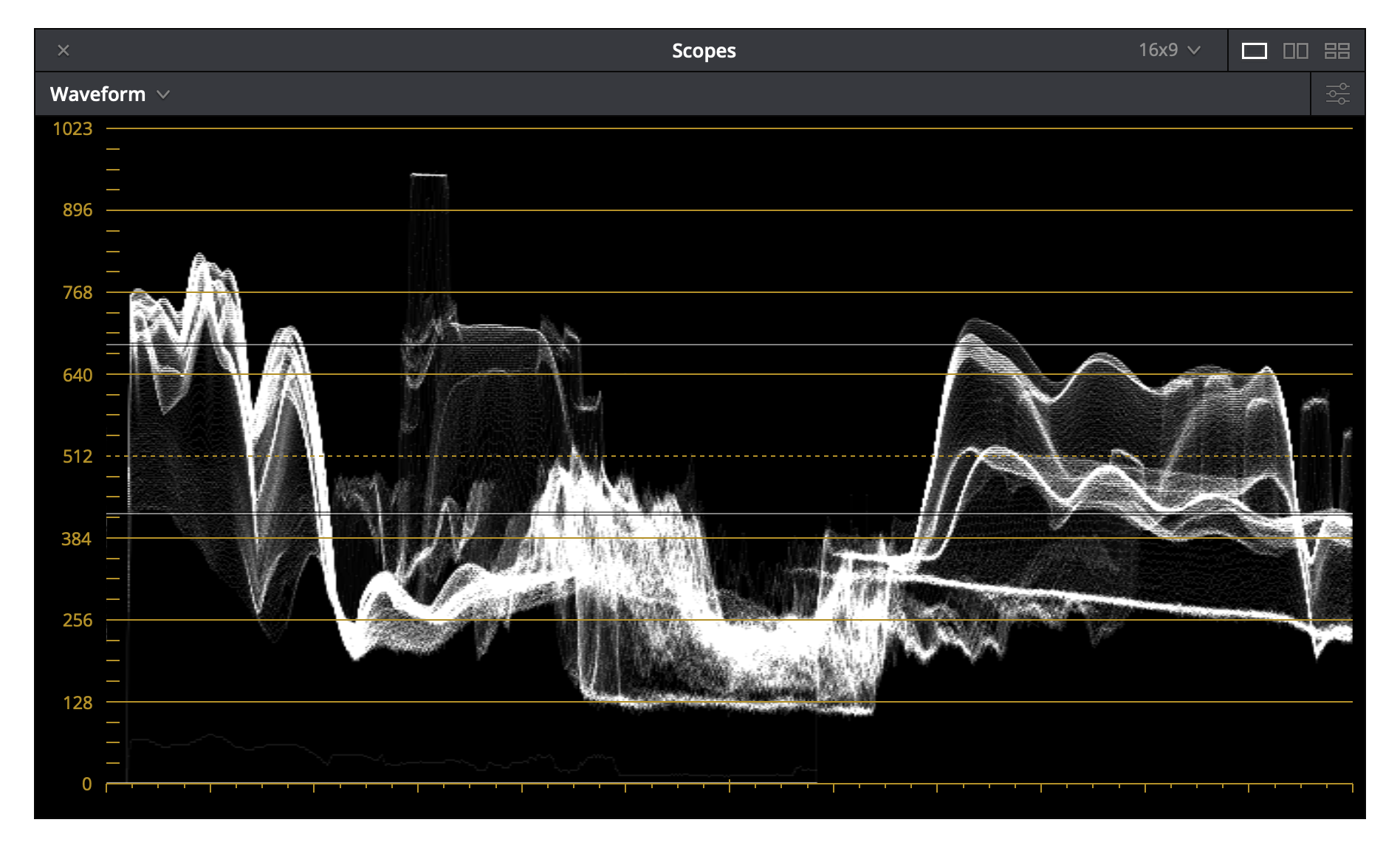
UP 50mm.
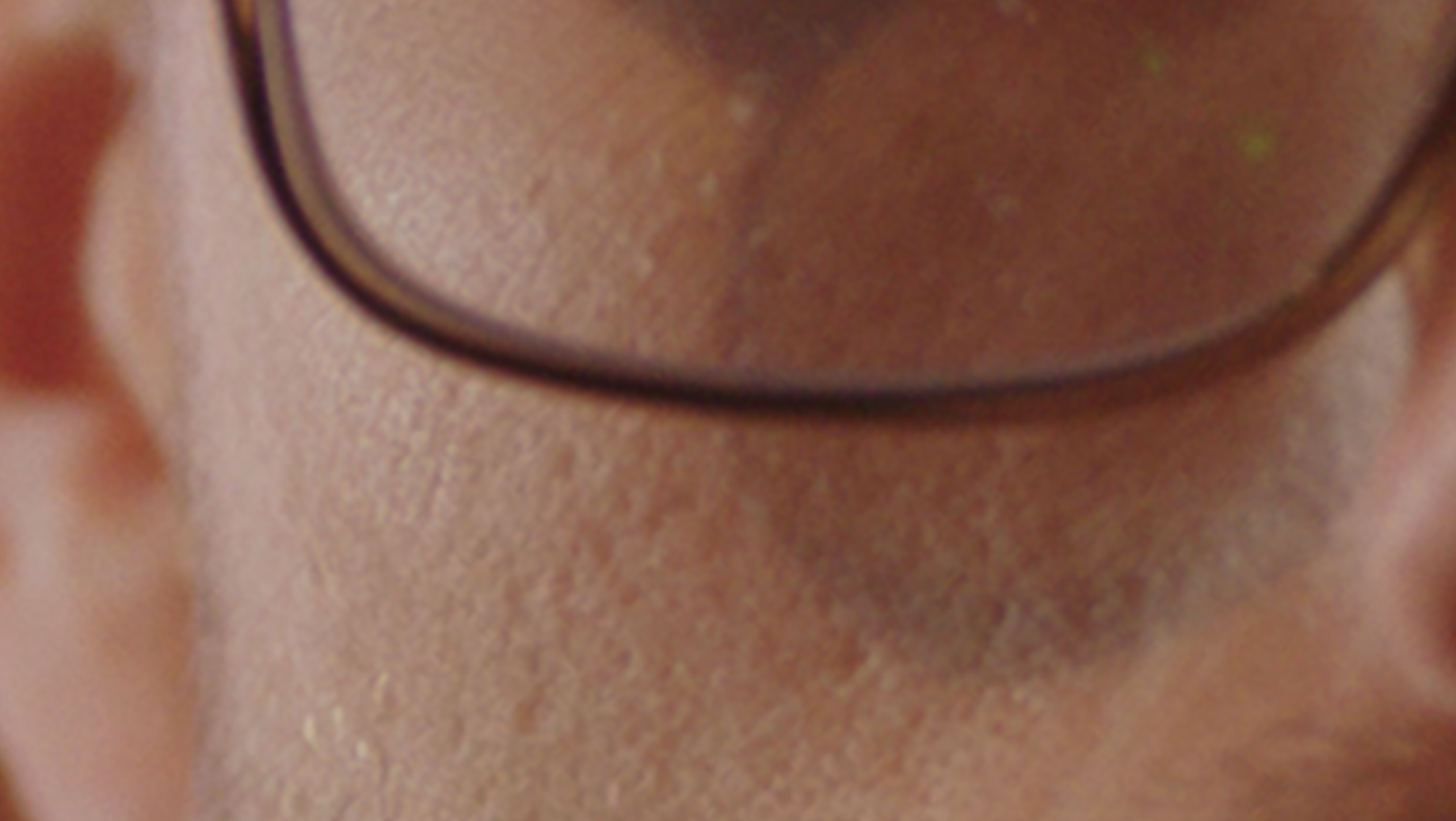
According to my Mac’s color picker, the brightness values are roughly the same, but the Signature Prime accentuates red and green in the eyeglasses shadow, which may make it appear brighter.
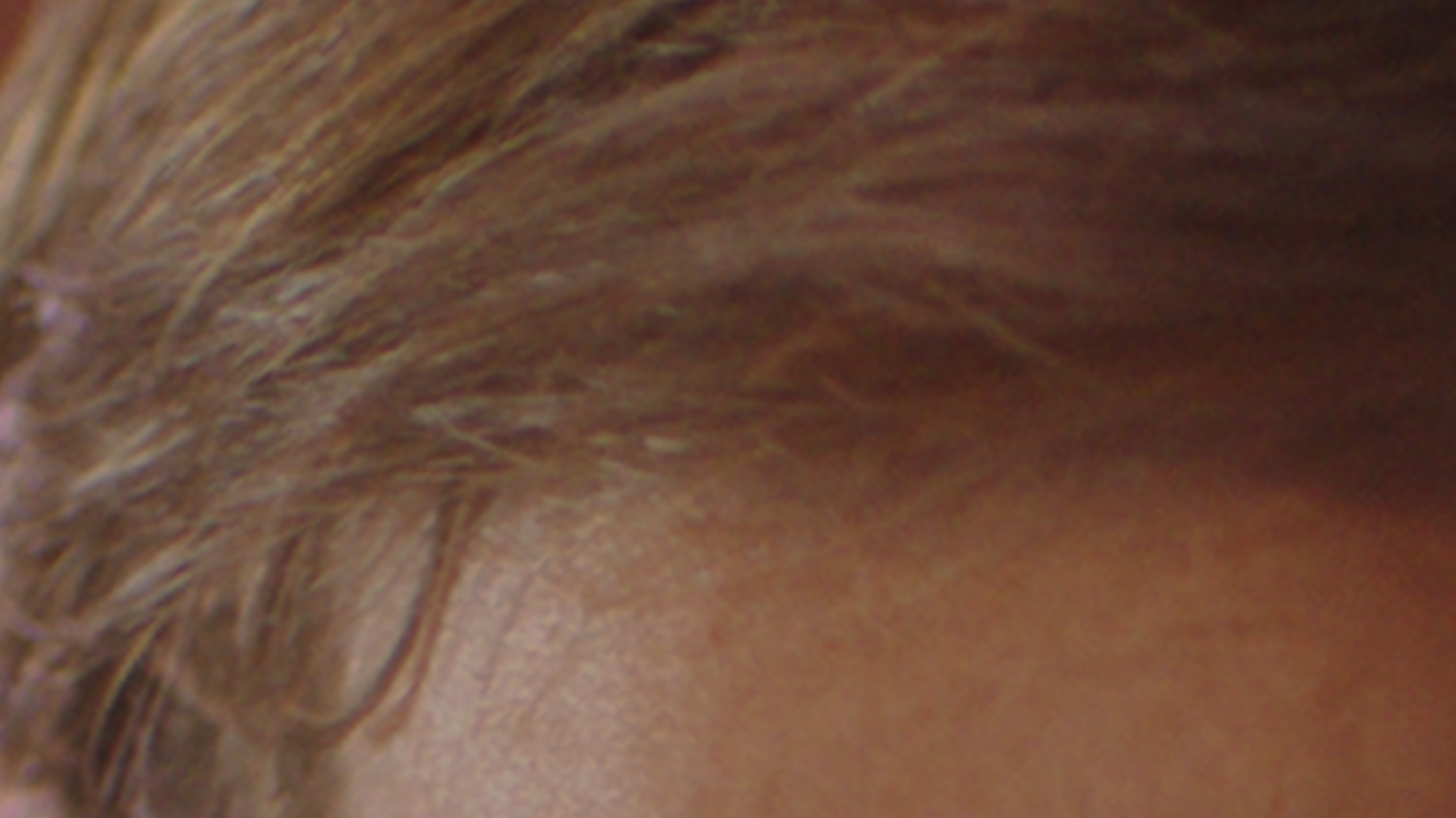
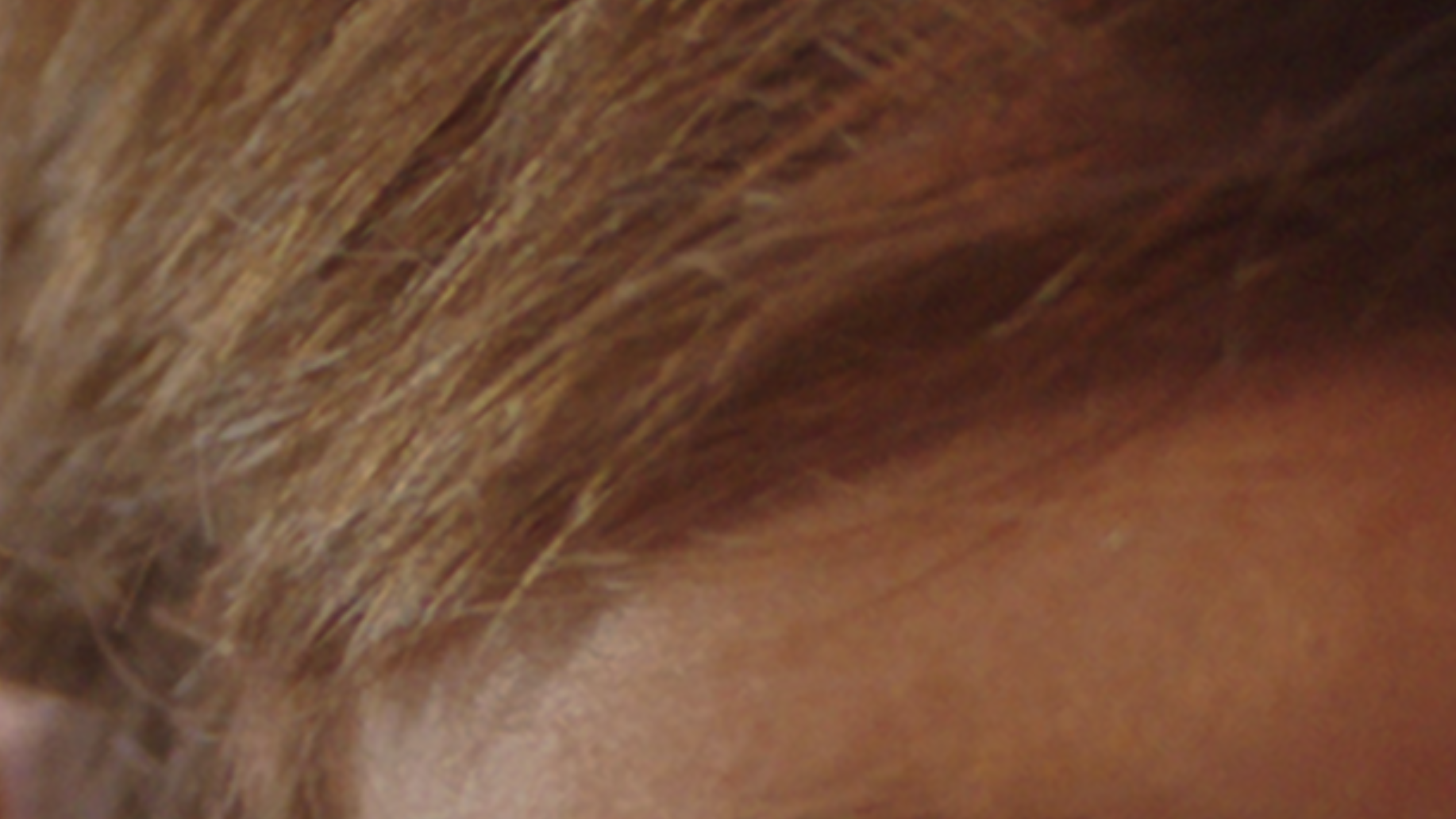
This is really interesting. The Ultra Prime shows a lot of chromatic aberration in James’ hair and feels much cooler. The Signature Prime shows very little, or no, chromatic aberration and feels pleasantly warm. I’ve not noticed these lenses looking warm overall, but they seem to “pop” hues that fall into the range of flesh tone.
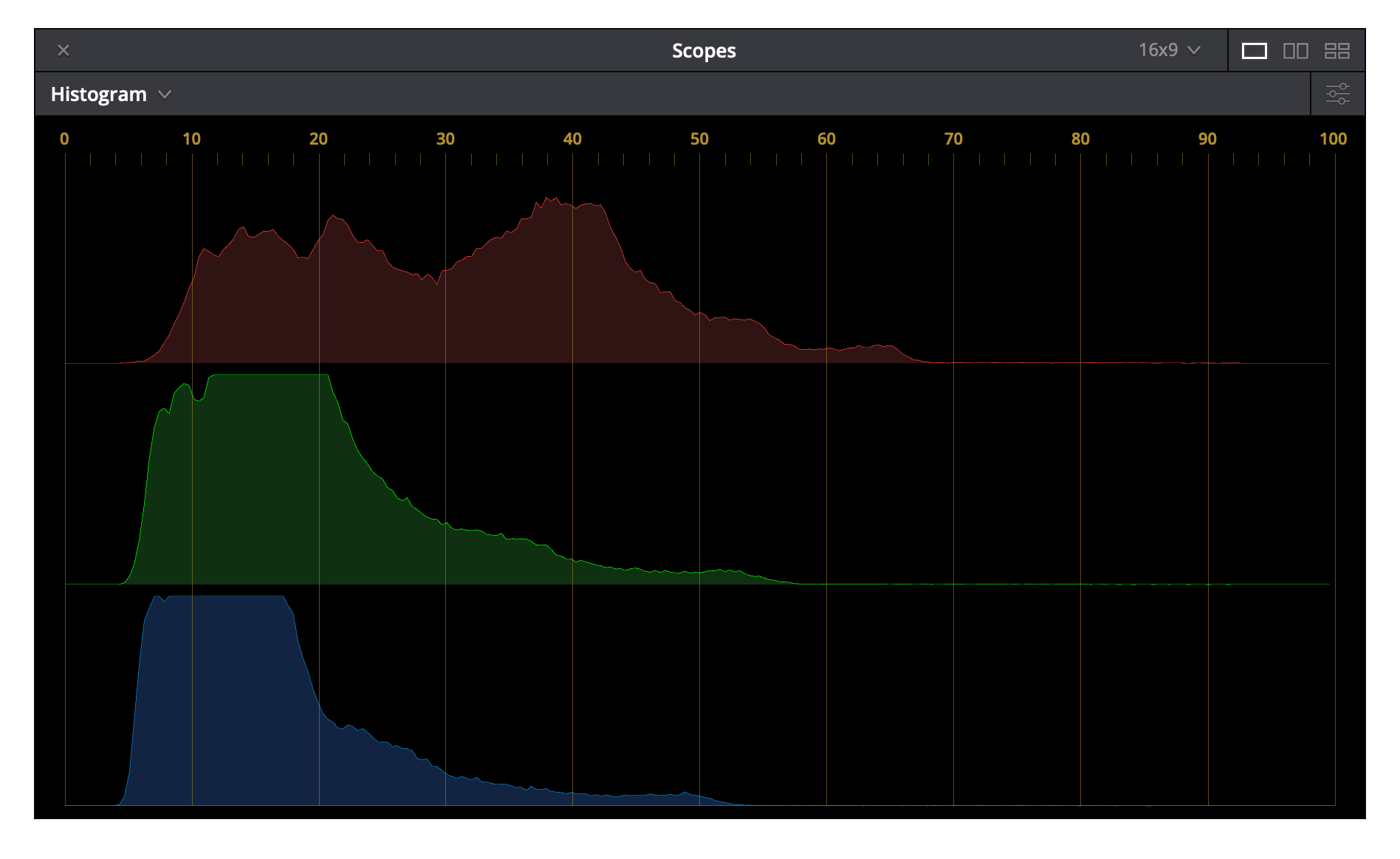
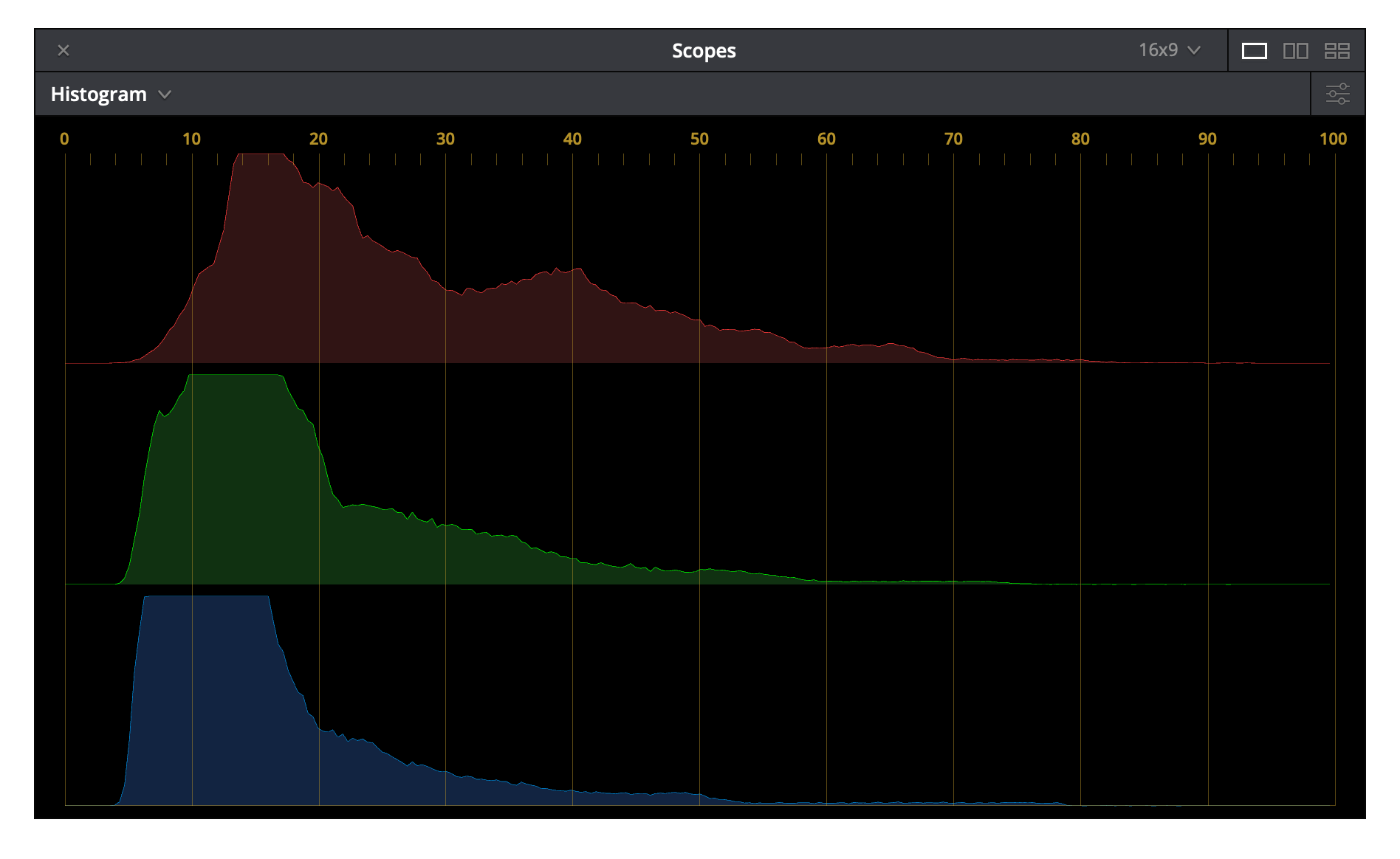
Once again, the Ultra Prime shows a kind of spike in red, whereas the Signature Prime’s red rolls into a low peak.
UPSHOT
I’ve used Ultra Primes for decades. They’re great lenses: small, lightweight, and with a hint of 1980s Super Speed bokeh. They’re neutral in color and show some color fringing around highlights, so they’ve got a vintage feel. They also cover the Alexa LF’s UHD frame from 20mm up, so they’re a great low-cost option for large format. I’ve used them on several Monstro shoots (except for the 40mm, which covers LF UHD but not Monstro full frame) with no complaints.
The Signature Primes feel like very different things: they’re smoooooooooth. Flesh tone is warm but not unnaturally so because the lenses feel color neutral overall. Skin tone detail is present but downplayed. Bokeh doesn’t upstage the subject as its softness pushes the background away. Oval highlights swirl around the outside of the frame and lead the eye back toward the subject. The Signature Primes seem to be a modern take on a classic lens, with some carefully-introduced aberrations that give the lenses character while not diminishing their quality. They aren’t low cost, but they should have a very long lifespan both in large format and super 35 cinematography. The lack of chromatic aberration and reduced skin tone detail are good news for HDR, where color fringing stands out in neon colors, and UHD, where micro contrast can be unkind to faces.
Disclosure: I have been paid to teach ARRI Academy classes.

Filmtools
Filmmakers go-to destination for pre-production, production & post production equipment!
Shop Now
